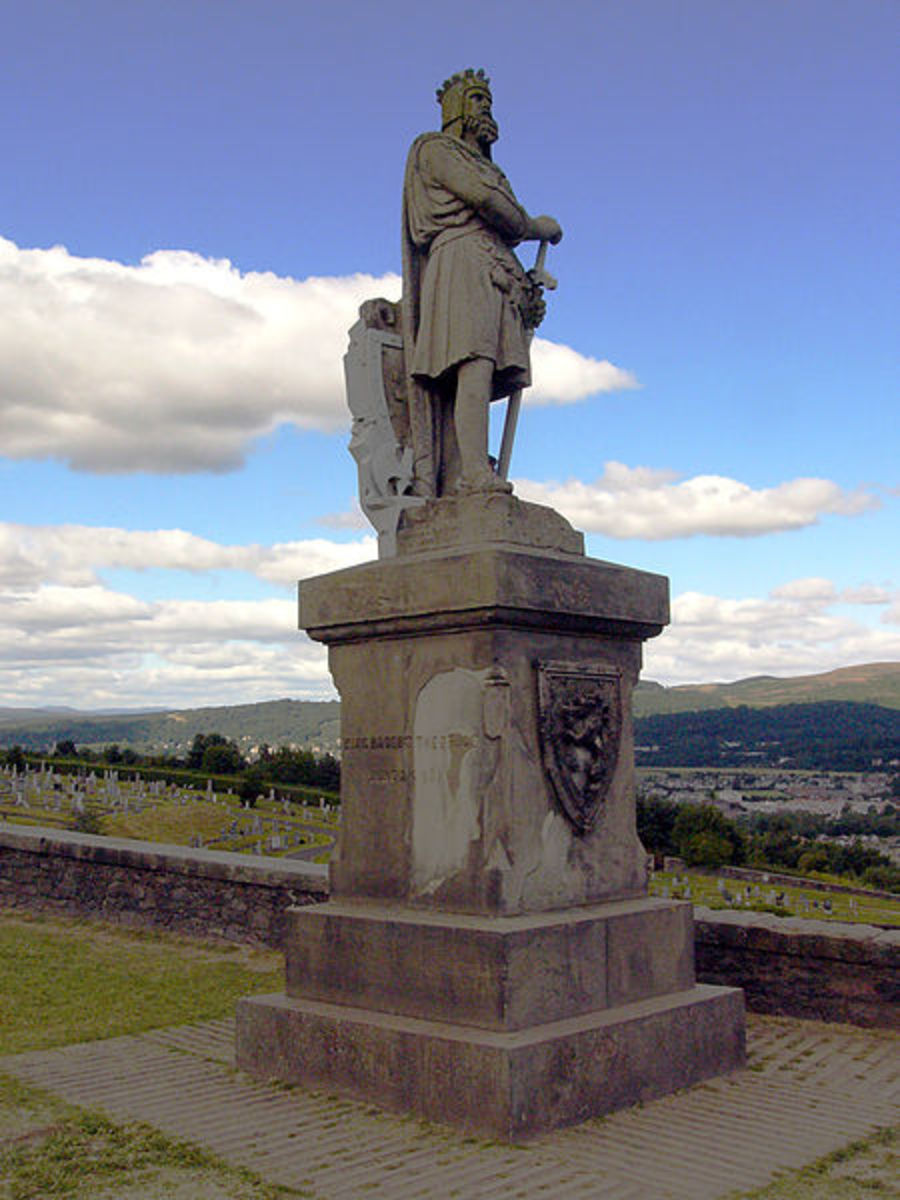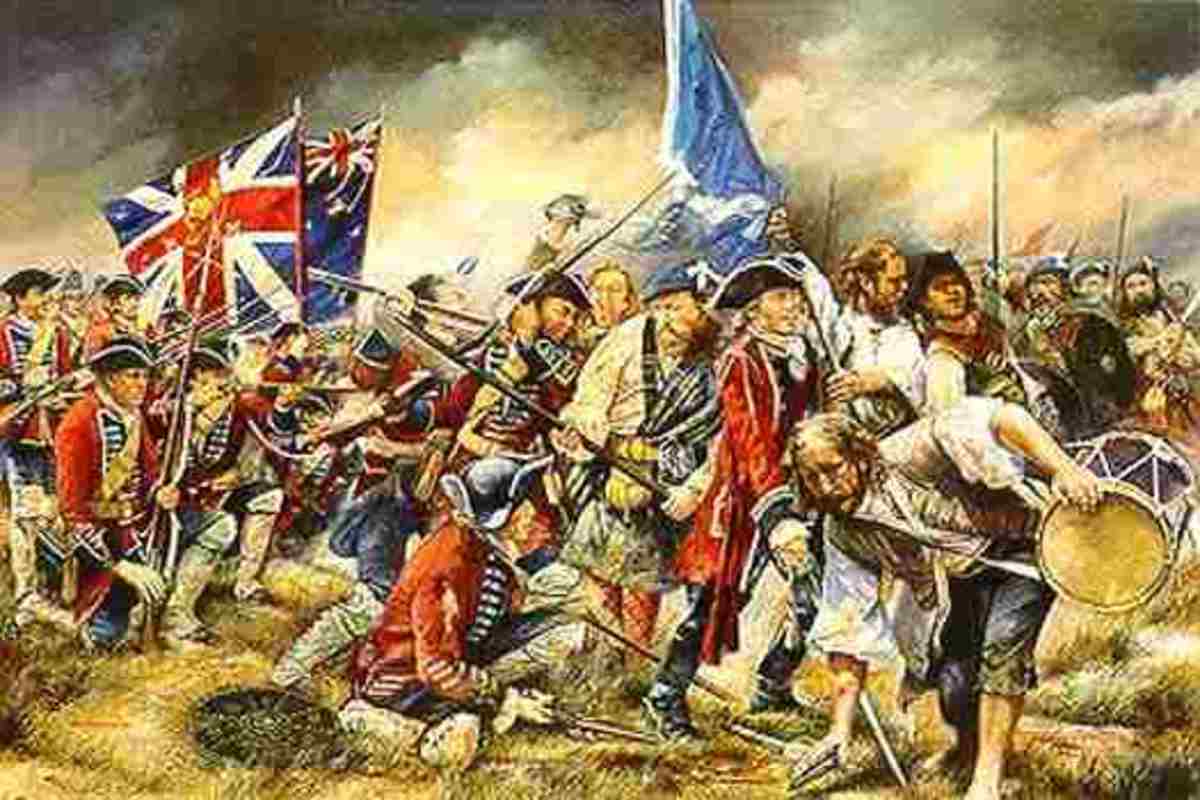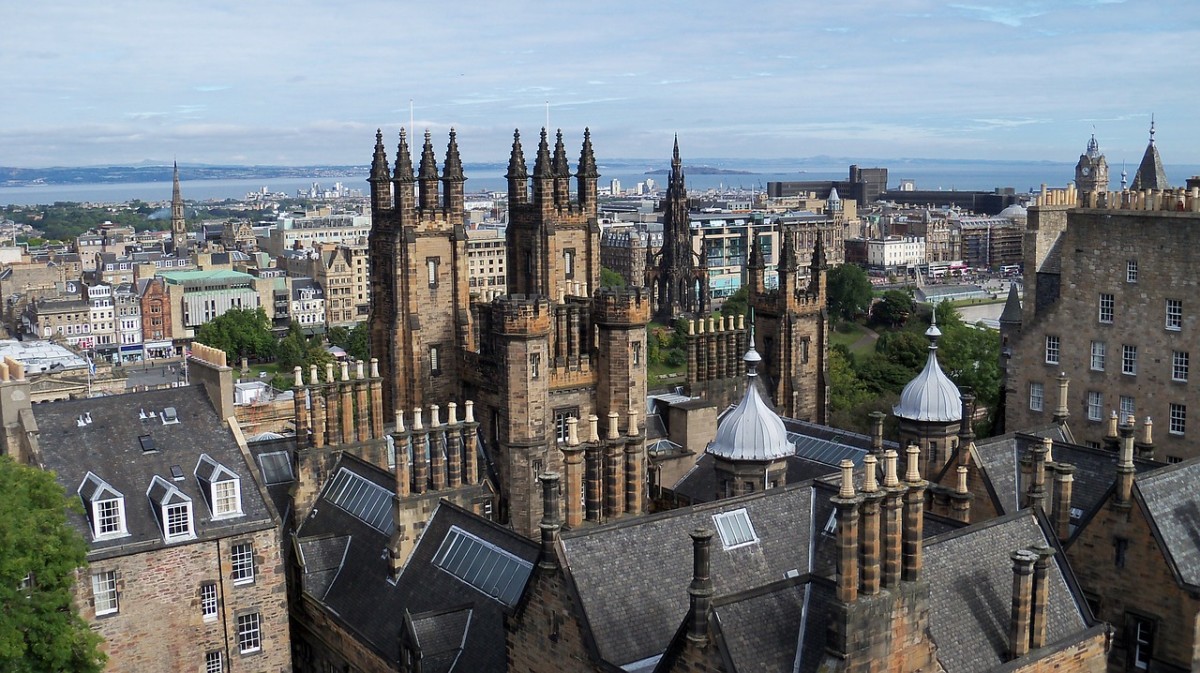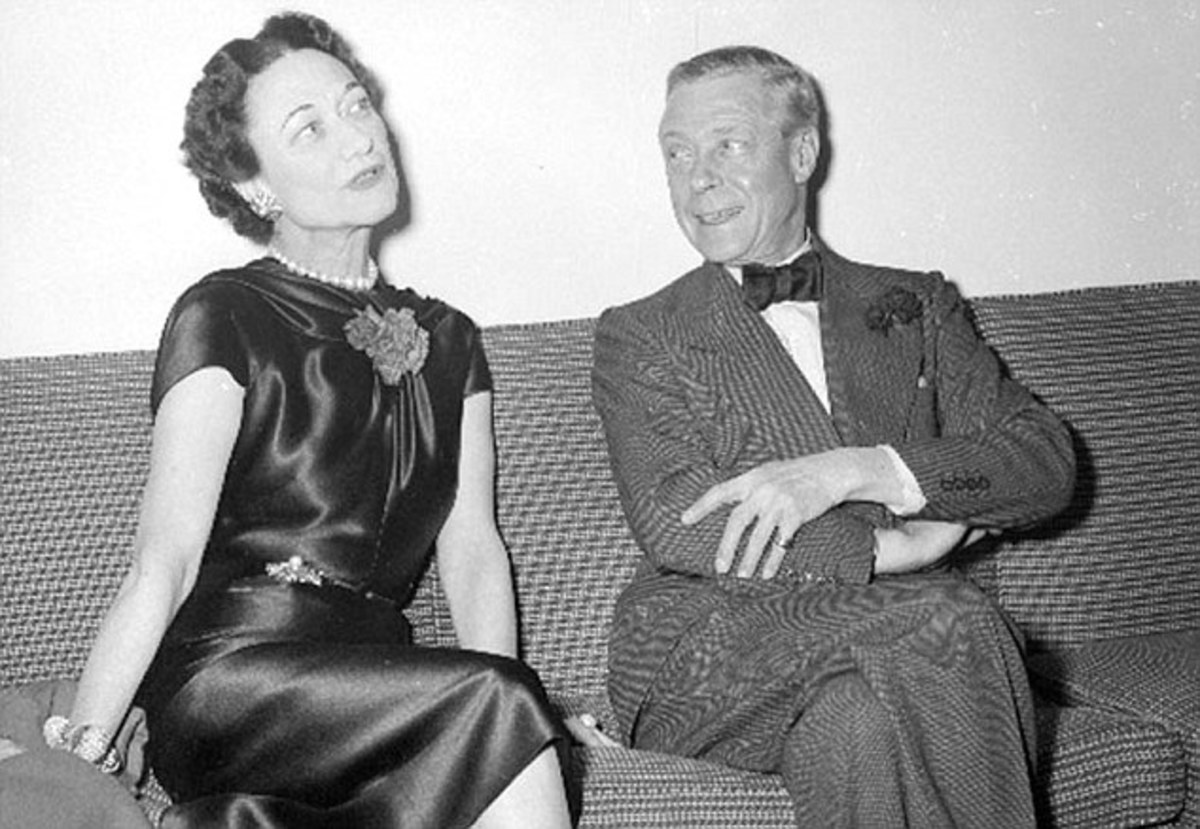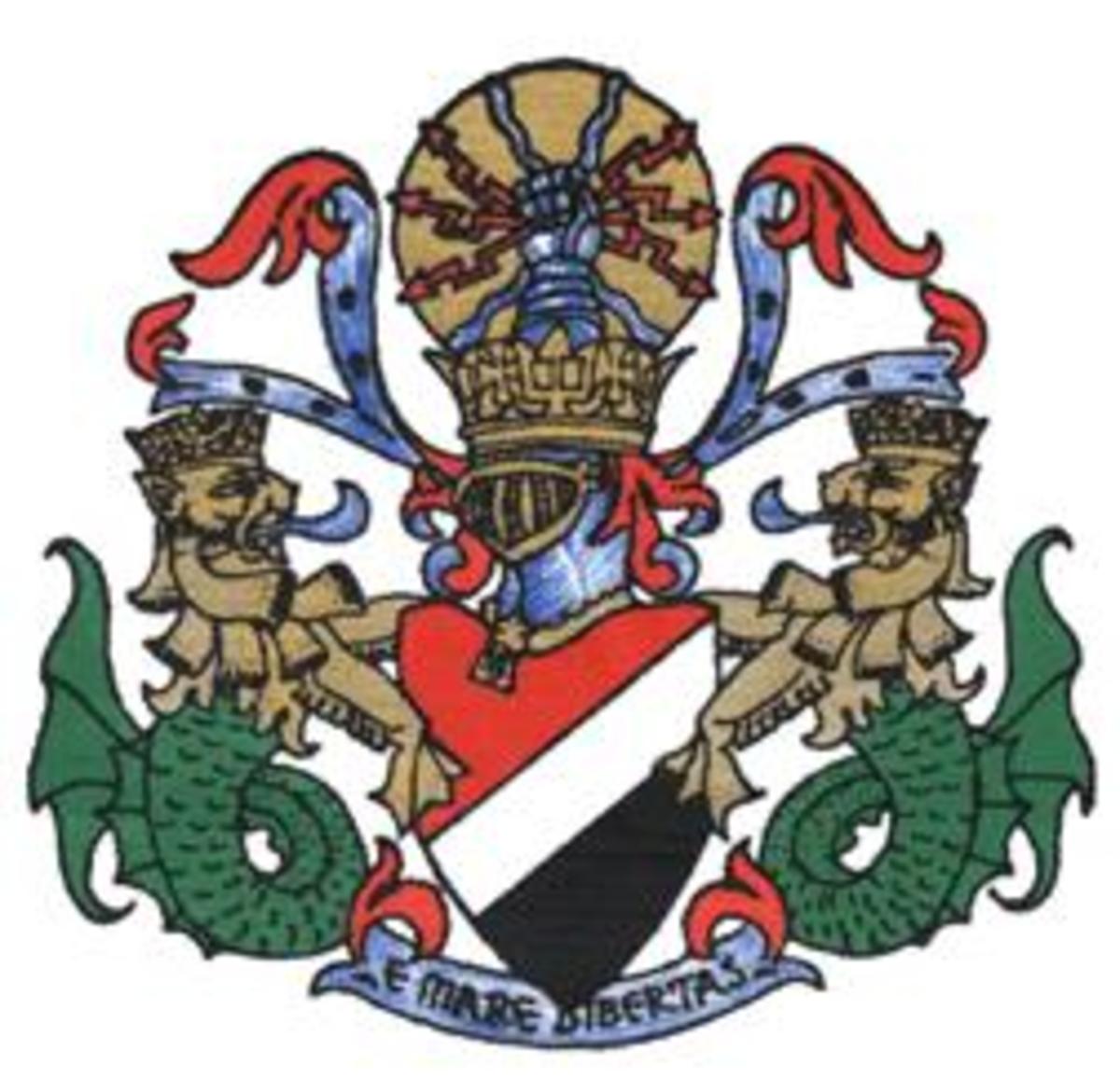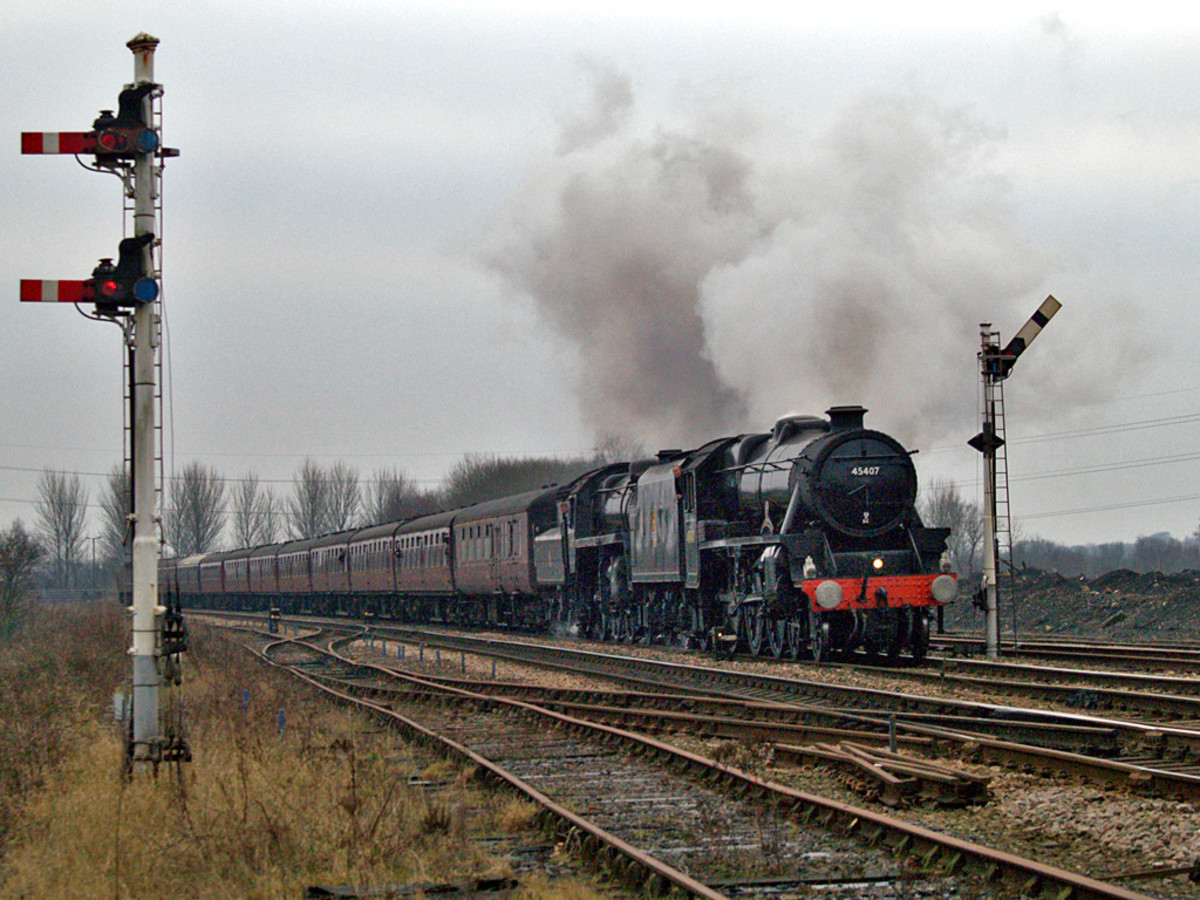A Brief History of Scotland as the Scottish National Party Sweeps to Power
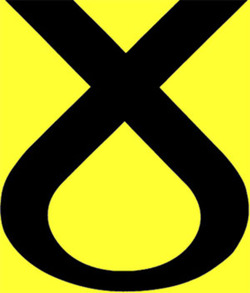
The Scottish National Party, commonly known as the SNP, has achieved a major victory at the polling booths in Scotland, to become the first political party to achieve an outright majority in the new Scottish Parliament in Edinburgh. They can now form a government that has the right to govern without having to form a coalition with another party, as has happened in every single election since the new Scottish Parliament was set up at Holyrood in Edinburgh in 1999.
The 2011 voting results were as follows.
Out of 129 seats, the SNP now have 69, Labour 37, Conservative 15, Liberal Democrats 5, The Green Party 2 and Independent Margo MacDonald, an original SNP member who won a historic victory for the SNP by taking Glasgow Govan in 1973.
During their 4 year term of office, they have promised to hold a ballot for full independence from England and the rest of the UK.
Scotland's Political Map

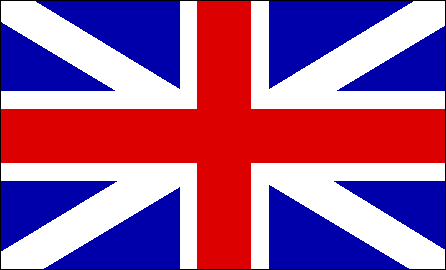
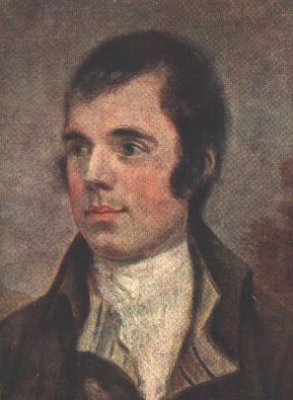
Robert Burns Works
The Act of Union 1707
Scotland was an independent nation up until The Act of Union, a treaty which was signed in 1707. From this date the previous Scottish and English parliaments were dissolved and a new British Parliament came into being, based 400 miles away in London.
The vast majority of the Scots were against it. They didn’t want to become yet another region of England, as Wales had become 400 years previously.
England desperately wanted an allegiance with Scotland because Scottish troops were fearsome warriors to have on your side, and there was great fear that Scotland could once again join with France (The Auld Alliance) and defeat England. France and England have an uncomfortable history.
Early one cold winter’s morning, in a poorly attended session of the Scottish Parliament, MPs voted FOR an alliance with England.
In the words the great poetRobert Burns“they were bought and sold for English gold”.
In those days, the MPs were titled landowners and the English threatened to shut the borders, effectively ruining Scottish trade in cattle and linen, as they had done 50 years before resulting in years of poverty. At that time, England had become powerful abroad and refused to allow Scots traders direct access to the New Colonies and trade routes.
It was in this period of history that many Scots left their homeland for a new life in America and other parts of the globe.
The Act of Union came into being on the 1st of May, 1707, and just one month later Scottish peers introduced a Bill into Parliament to have the Act repealed, but this was narrowly defeated and Scotland has been part of Britain every since.
Their consolation prize was keeping their own Legal and Education systems, Church, Royal Burghs and Courts, which continues to this day.
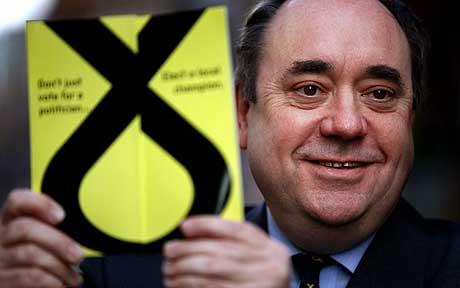
Be Patriotic - Buy your Scottish Flag today
Birth of the SNP
Scottish people have never been entirely happy at the outcome, after a long history of fighting English troops to keep their own country intact.
The Scottish National Party (SNP) was first founded in 1934 following an amalgamation of the Scottish Party and the National Party of Scotland. They won their first parliamentary seat in 1945 in the Motherwell by-election, but lost that seat just three months later in the General Election.
Their next win was again in a by-election (by-elections normally pick up the ‘protest votes’) in 1967. This time long-serving member Winnie Ewing picked up the Hamilton seat.
In the General Election of 1974, the SNP won a third of the votes in Scotland, but under the ‘first past the post system’, this only returned them 11 seats, but put the SNP and the possibility of independence for Scotland firmly on the board.
It was around this time that oil was discovered in the North Sea, and the idea that is was actually Scotland’s oil gained momentum, and for the first time, the groundswell of opinion towards the possibility of being financially independent from England garnered support.
Devolution for Scotland
In 1997, to placate a growing call for democratic independence in Scotland, the Labour Party, then the dominant political party in Scotland, put the promise of Devolution for Scotland (and indeed Wales) in their manifesto. The Conservatives under Margaret Thatcher had been in power for 18 years and English Labour desperately needed the Scottish votes to have any chance of regaining power.
The Labour Party believed that devolution of powers would placate those calling for independence.
Labour won that election, and the Scotland Act 1998 was placed on the statute books as promised.
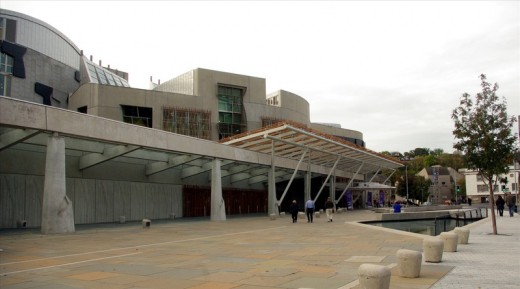
The Scottish Parliament
The Scottish Parliament officially opened on the 12th of May, 1999.
Its 129 members are elected by mixed member proportional representation, and it has the right to legislate over matters directly within Scotland, but it is still dependent on England especially for its allocation of money on which to balance the national budget.
In 2007, the SNP won the Scottish Elections for the first time, by a majority of 1. They tried to form a government with minority party the Liberal Democrats, but failed because the Lib Dems wouldn’t agree to independence.
As a result, the minority SNP government found that many Bills they placed on the table for the next 4 years were defeated.
2011 Scottish Elections
The 2011 elections have changed all that.
With a clear majority, the SNP has paved the way for Scotland to regain her National pride and a return to full independence.

- Massacre of Glencoe
The Massacre of Glencoe was yet another tragic event in Scotland's bloody history. - Could Scotland Survive Independence?
Scotland's dream of becoming an independent nation is one step closer, but could Scotland survive on her own?



